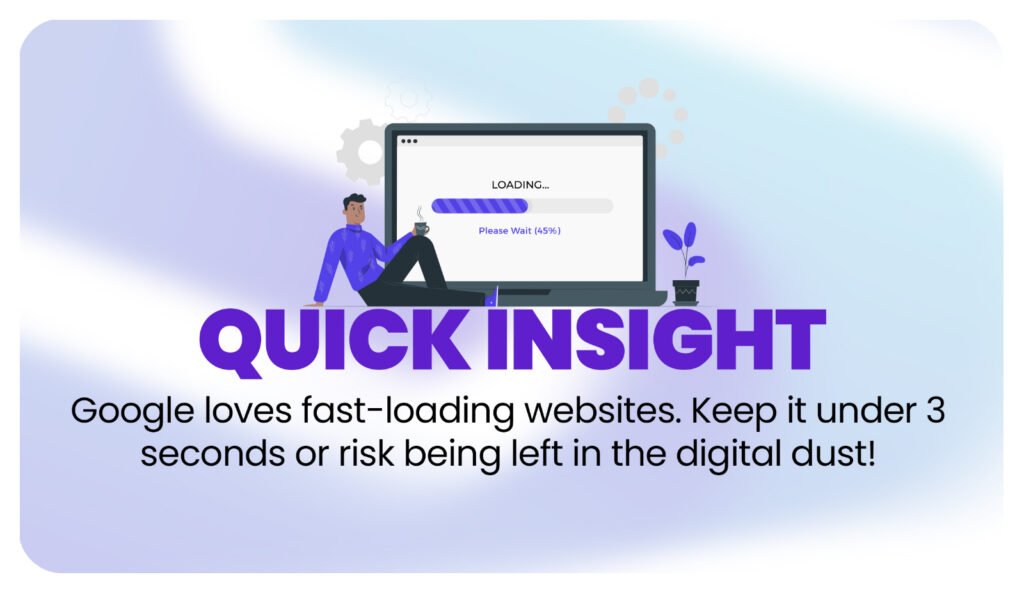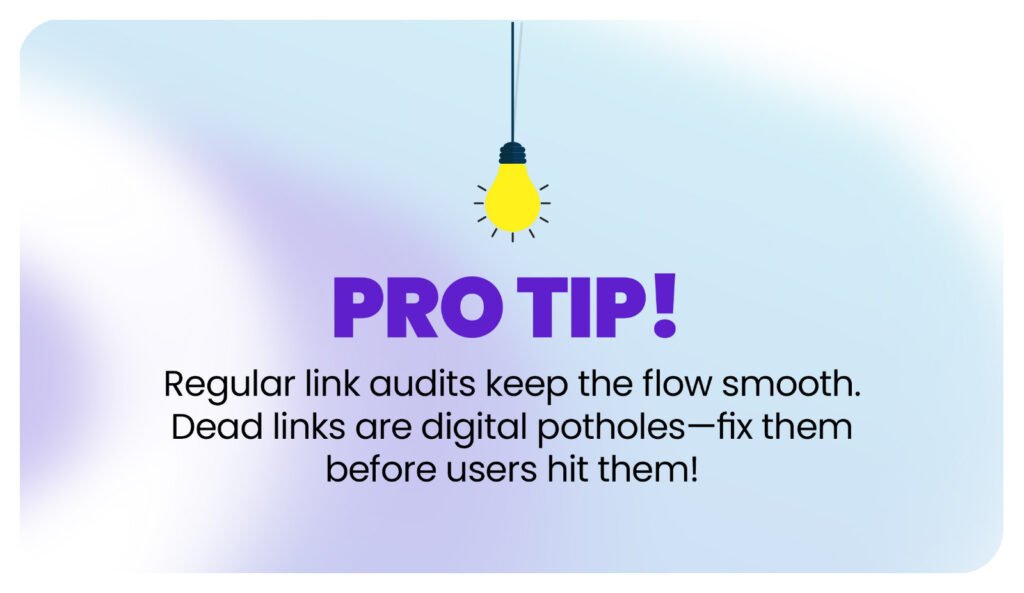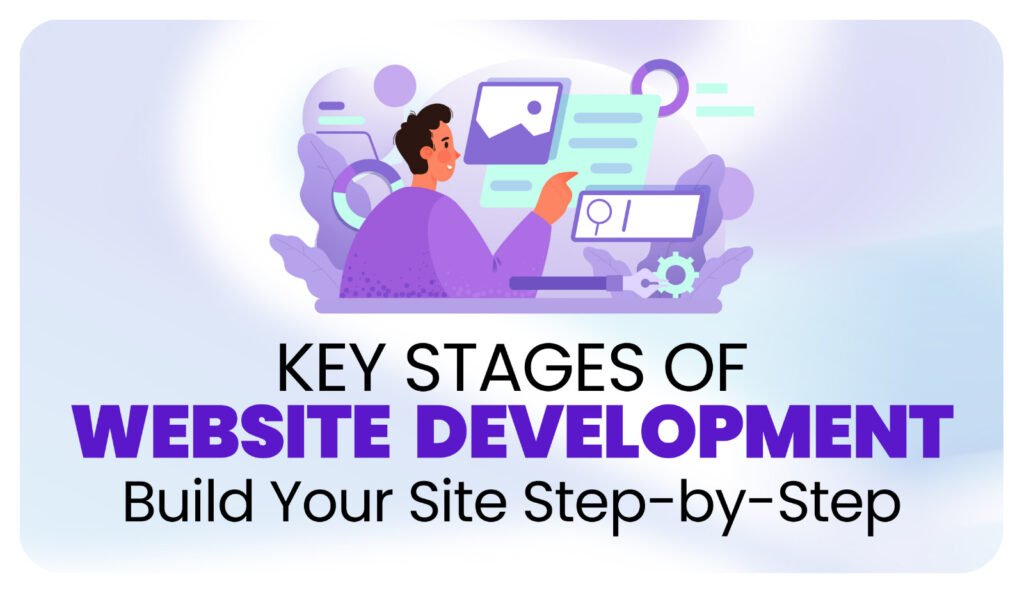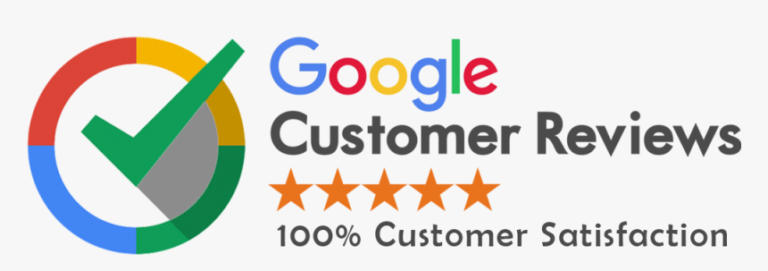Website construction is a complex process that is divided into several stages, during which tools and resources have to be prepared, their usage has to be designed and then constantly monitored to make sure the website is useful and easily extensible. The following are the modern, critical stages of website development in 2025:
Project Planning and Requirements Analysis
This initial stage lays down every key factor in the complete development process. It consists of an understanding of what client or business wants, whom it is aimed at, what features it needs on the site.
Key Aspects:
- Defining Objectives: What is the purpose of constructing the site? What exactly is the purpose – is it for selling products online, for sharing thoughts and opinions, or for presenting one’s work in the form of a portfolio? Understanding the role helps when defining the remaining steps for development.
- Target Audience: Understanding the user personas, their likes, and their habits while using the Internet enhances the site’s content and layout.
- Competitor Research: Using competitor sites analysis influences the understanding of the kind of standards within the industry that you are able to capitalize on.
- Feature List and Functionality: Features that are necessary for an e-commerce website to function properly, or those that may be desirable given the business and its consumers, such as contact forms, product catalogs, blogs or others like payment gateways or CRM systems.
It is useful for establishing the site parameters, as well as the budget and time frame for the project, which provides the operation with clear direction.
Wireframing and Design

Once the objectives are clear then it is possible to start visualizing the site architecture through wireframes and develop an aesthetic appeal.
Key Aspects:
- Wireframing: This is similar to the sketch of a building that indicates where different parts of a site, such as images, buttons, text or navigation will be located without going down to details of designing. It’s the best time for wireframes to fix that the flow and functionality are right before design begins.
- Design: Designers with the use of Figma, Sketch, Adobe XD and other tools bring into life the wireframe through high fidelity mockup. The design must be easy to navigate, adapt to mobile and other forms of devices, and audaciously aesthetic to the intended demographic.
- Design Trends: Some of the trends we see in websites and interfaces in 2024 include; Minimalism in design, 3D immersive elements, Micro animations, and dark mode. Among websites there is evidence that better UX design and accessibility equals better performance.
At this stage, the focus is shifted to turning mental concepts into tangible pictures on paper and making sure that they are appropriate towards brand image.
Content Creation and SEO Planning
New content must be regular, informative and interesting for people as content is king. Apart from content development the most essential activity is SEO (Search Engine Optimization) planning, which allows the website to rank high on the lists of search engines starting from the first day.
Key Aspects:
- Content Writing: A blog post, product descriptions, landing page copy, and any text should sound like the business: its tone, its voice, and its values.
- SEO Strategy: Today’s SEO is based on E-E-A-T or Experience, Expertise, Authoritativeness, Trustworthiness based on guidelines provided by Google. These are in regard to the keywords, meta titles, meta descriptions, and structured data for rich snippets.
- Multimedia: Select the type of post depending on the content; don’t limit yourself to text, try using pictures, infographics or even videos.
- Content Management System (CMS): Determine when projects require out of the box platforms such as WordPress, Shopify, or when a custom CMS solution is required.
This horrible stage of web development guarantees that your site is friendly and easily noticeable by the net users as well as the search engines.
Development and Coding

That’s where the technical aspect of the website comes into scope. Web developers working on the website then translate the design files into the actual web page that visitors see, and the functionality that is unseen by visitors.
Key Aspects:
- Front-End Development: This means all that is visible and clickable by the users of the website. This transforms the webpage to be users-friendly, furthermore, front-end developers use HTML, CSS and JavaScript with or without utilizing the frameworks such as React, Vue.js, or Angular.
- Back-End Development: This consists of the back-end development that involves computers and business and database management. PM options are Node.js, PHP, Ruby, or Python for web application development with database options as MySQL or MongoDB.
- Responsive Design: Nearly 60% of internet usage is made from mobile devices in 2024, making the aspect of the site’s responsiveness (making sure the site looks good on all devices)quite crucial.
- Integrations: Most websites require the help of API connectors like, customer management systems, for example, Salesforce, or payment processors like Stripe or PayPal analytics tools like Google Analytics or heat mapping tools like Hotjar.
- Security Measures: Security has become one of the most important aspects in the current world because of increased incidences of cyber threats in world wide web development incorporating SSL certificates, current software updates, use of encryption, and security authentication mechanism.
This is the process of turning design into a functional website while optimizing the layouts for multiple devices.
Testing and Quality Assurance
Every website that is to be released into the public needs to be tested and reviewed several times before it is released in the market.
Key Aspects:
- Functionality Testing: Each link, button, form, and integration must be clicked to ascertain whether it is functioning as expected.
- Cross-Browser Testing: The website must be tested in multiple browsers (Chrome, Safari, Firefox, Edge) for cross check.
- Responsive Testing: This has to be checked cross browsers in the respective multiple browsers such Chrome, Safari, Firefox, and Edge.
- Page Speed Optimization: Google considers web speed as an important factor; slow websites have high bounce rates. This is the area where, for example, image optimization, caching, and CSS/JavaScript files minification should be applied to.
- Security Testing: Doing tests like penetration testing means that one is in a position to expose the weaknesses that the hackers have in the site.
This phase allows the website to run efficiently, are secure and provide good user experience once deployed.
Launch
After going through the tests the website if found fit, to be launched. But here, key considerations are also made from a strategic perspective in order to make a smooth process.
Key Aspects:
- Server Setup: Make sure that hosting servers should be tuned with the traffic load and should be scalable as well. In 2025, the most widely used solution is cloud hosting comparable to AWS, Google Cloud, while managed hosting which includes Kinsta, SiteGround, etc.
- Backup Systems: Ensure the site is backed up in the event that there are problems on the site or in the worst-case scenario that it is hacked.
- Go Live: Check for the correct DNS configuration then verify all the aspects of the site before going online.
- Analytics Setup: To keep track of your website’s performance, the user’s behavior and all the conversion process use Google Analytics, Google Tag Manager, HotJar and other heatmap tools.
A good site launch means the site is visible and open to its target users.
Maintenance and Updates

No one should be shocked when I state that a website launch is not the last development stage. Websites require revision, modification or redesign as they need constant surveillance in order to remain competitive.
Key Aspects:
- Regular Updates: Websites need updates on plugins, software installed, or security updates often.
- Performance Monitoring: By regularly measuring speed and performance you can utilize tools that are available such as GTmetrix, Google Lighthouse, or PageSpeed Insights.
- Content Updates: This means that the content that is used in the site needs to be updated frequently in the form of a new blog entry or product releases, or a new marketing campaign.
- Security Management: It means to permanently set up security checks for the site, perform Security Scans constantly, and adhere to data regulations such as the GDPR in the EU states.
- User Feedback: To some extent, using user feedback and suggestions are very important especially in enhancing the usability of the website.
It also means that the business’s goals are met both currently and in the future due to constant upkeep of the website.
Final Thoughts
In 2025, the overall design and construction of a website involves a systematic and cyclical approach from planning to the continual testing phase. Therefore, five viewpoints, UX, security, SEO, and performance enable developers to create many websites that are influential today. Looking at the plans and stages of the website, everyone has its role in making the website successful and sustainable.






